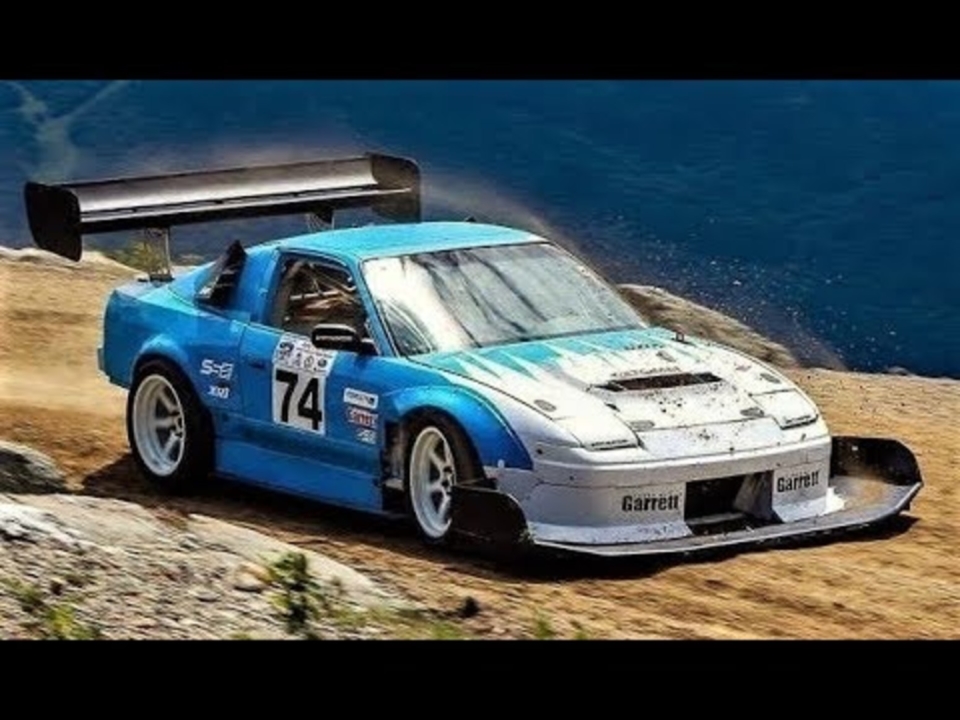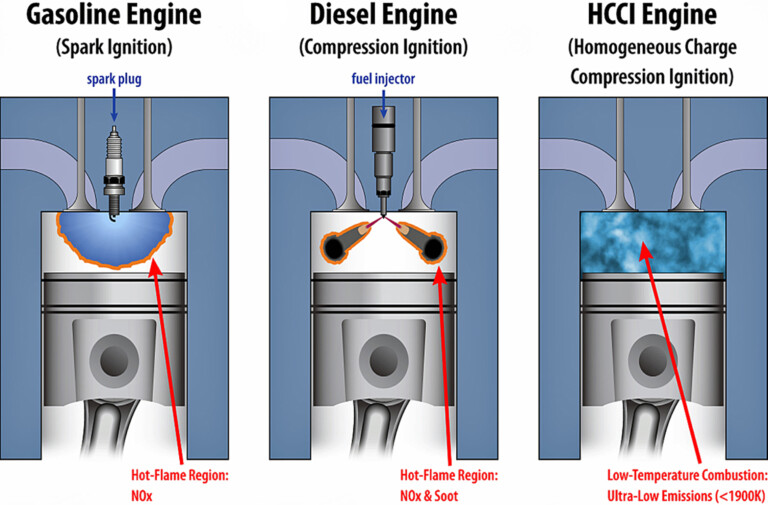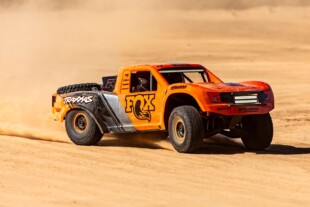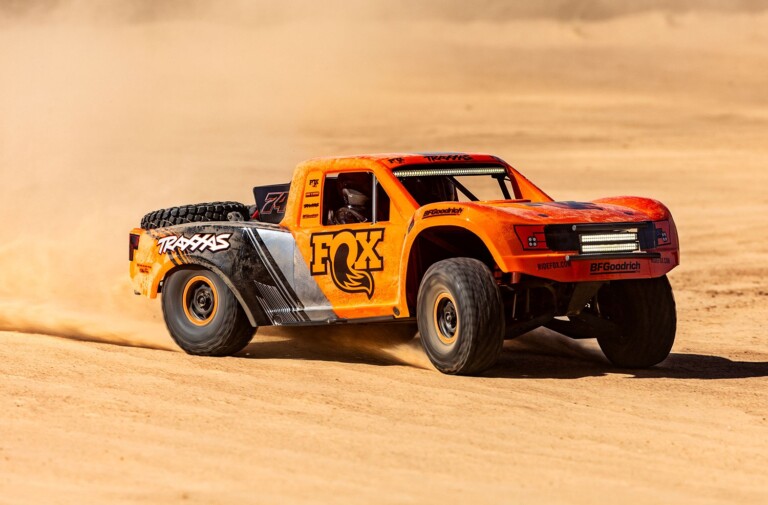The Nissan 240SX hasn’t historically been held in high regard where road racing is concerned. Sure, there are a few GT300 Silvias and the occasional time attack special making an appearance, but for whatever reason, it seems it’s been relegated to drifting for most people. However, some people haven’t received that memo.
An Incredible Powerplant
One of those trailblazers is Massachusetts’ Bill Washburn, who has styled an ’89 240SX to go mountain climbing. To propel the stripped-out Nissan at high altitude—Mt. Washington has a 6,288-feet summit—he’s assembled what might be the perfect SR20DET. The stroked motor—filled with Tomei internals—displaces 2.1 liters and uses a freer-flowing head from the sister SR20VE motor, which has been revamped by Mazworx. As the displacement isn’t much, Washburn wisely switches between turbochargers for the events he chooses to run. For hillclimbs, which reward response over outright power, he opts for a Garrett GTX3576R and the 450-odd horsepower it helps produce. When he takes the car to longer circuits, he uses a GTX3582R for roughly 600 horsepower!
Thanks to a collection of engine management items from Life Racing, that sizable snail doesn’t spin up too violently. It’s still a peaky motor though, and that powerband is exploited with a Saenz SP910 five-speed dogbox, which produces a whine that nearly muffles the screaming SR. The power is sent back to a Speedway Engineering IRS quick-change rear-end and a Indy Competition Products plated 10-inch differential unit.
Surrounding this rear end is a custom, double-wishbone architecture with chromoly uprights and three-way SuperSport+ coilovers from STANCE Suspension, as well as Swift springs. Up front, the suspension geometry is similar to stock, but benefits from new uprights and control arms.
Versatile and Stable at Speed
For stability and grip at speed, Andrew Brilliant of AMB Aero devised a stunning aerodynamic package that actually complements the car’s original lines. Unlike the otherworldly MCA Hammerhead, this 240RS still looks somewhat like the road-going car it once was, and that helps the 240RS be just as capable on the dirt as it is on asphalt. Around the 6:15-mark, he starts counter-steering wildly and tweaks his Formula 1-esque wheel to likely dial boost pressure down for the loose surfaces. Here is where the car’s aero begins to really help; the car remains quite stable even when the car is obviously yawing at speed. Washburn still needs to feather the throttle with care, but he can get away with some assertive inputs and the car never gets away from him.
In the slower sections (7:00), there’s still a tornado of elbows and hands inside the cockpit as Washburn struggles to administer 500 horsepower through two wheels. The 240RS does a passable job in these areas considering the weight distribution, but it’s still nowhere near as capable as when those massive wings are forcing all four tires into the pavement compensating for the 240SX’s well-known lack of rear grip. However, with its aero grip, its innate agility, and the committed driver in the cabin, it yielded fifth overall in 2017—which put Washburn fifth overall at Mt. Washington. Not too shabby for a car supposedly good for just going sideways.























